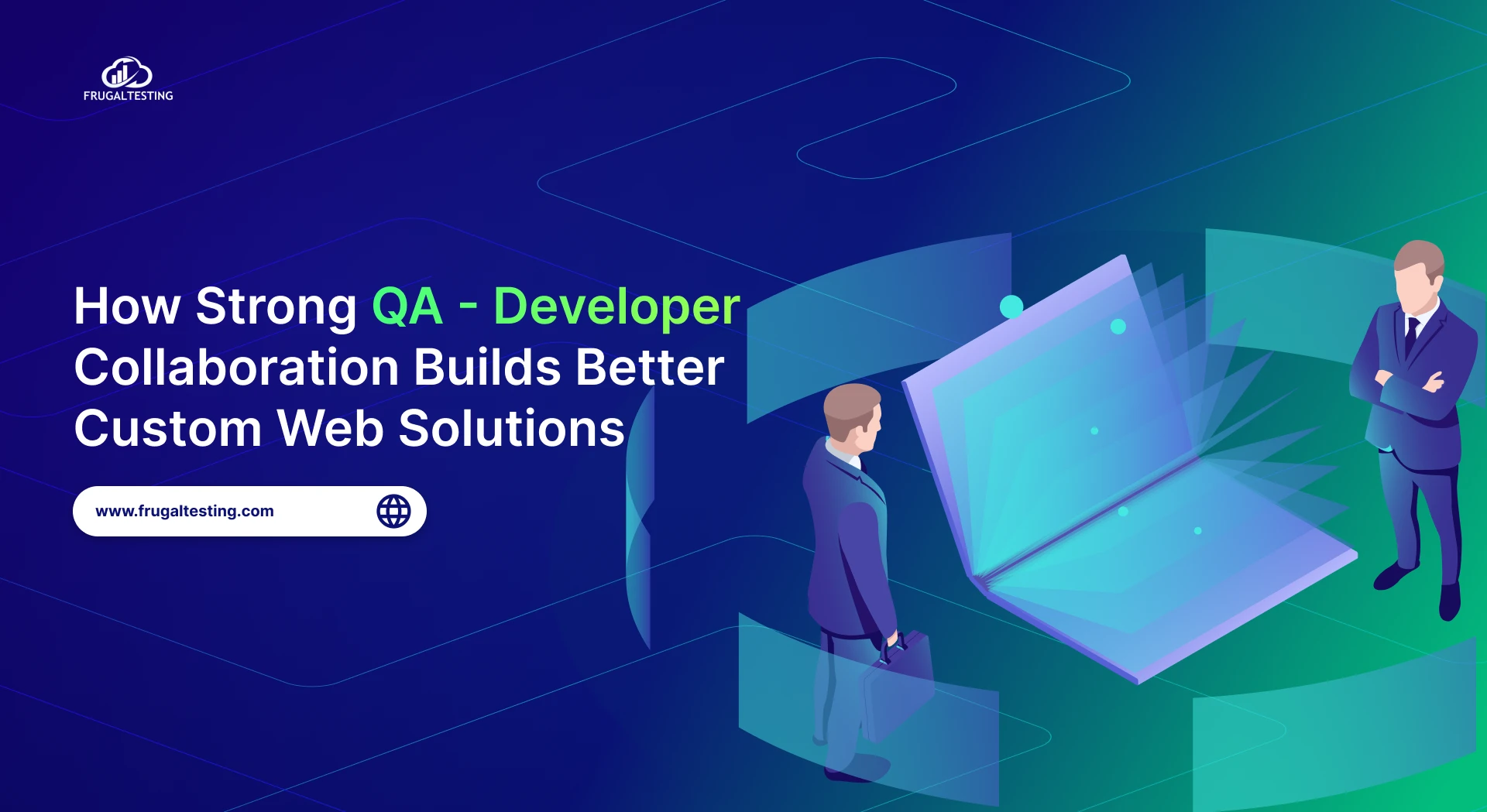Developing dependable and scalable apps is more important than ever in a digital environment. Cloud-based API testing is a game changer for enterprises building and managing modern apps using microservice architecture.
Moving your API testing to the cloud enables real-time collaboration, elastic scalability, and seamless connection with CI/CD workflows. Whether you're testing APIs using Postman, trying out a free API, or coordinating REST API testing across distant teams, cloud solutions make it easier to manage every stage of the testing process.

This guide explains how cloud-based technologies assure resilience, security, and performance across microservices, allowing you to fulfill client requirements while accelerating delivery. We've got you covered, whether you're testing using dummy APIs, using cloud performance testing tools, or ensuring API endpoint testing in production-like scenarios.
What You’ll Learn ✅
📌 Understand Cloud-Based API Testing - Understand how cloud platforms improve API testing speed, collaboration, and flexibility using tools like Postman and free public APIs.
📌 Grasp Microservice Architecture - Get a clear view of what microservice architecture is, its patterns, and real-world examples like Amazon's microservices.
📌 See the Role of API Testing in Microservices - See how API testing services ensure smooth service interaction, strong security, and reliability across systems.
📌 Explore Cloud Testing Features and Tools - Explore cloud testing tools offering scalability, CI/CD integration, and how it supports microservices.
📌 Apply Best Practices & Real-World Use Cases - Learn practical tips and real examples of effective testing on cloud with realistic scenarios and cross-browser cloud testing.
What is Cloud-Based API Testing?
Cloud-based API testing is the process of evaluating APIs via cloud platforms rather than using local PCs or on-premise equipment. It allows testers to execute, manage, and scale API tests from anywhere using a cloud environment.
Unlike traditional arrangements, which limit teams to local resources, cloud testing provides on-demand infrastructure, allowing for quick, parallel, and flexible testing of complex systems – particularly in microservice-based architecture. They enable test teams to:
- Run parallel tests across different environments and geographies
- Ensure API security testing with built-in access controls and encryption
- Scale testing easily during peak loads using cloud performance testing tools
- Integrate seamlessly with CI/CD pipelines to enable continuous feedback
- Access free public API for testing, dummy APIs, or sample APIs directly online
Understanding Microservices Architecture
Microservices architecture is a current software design method in which applications are composed of small, independent services, each with a unique function. Unlike monolithic programs, which are tightly tied, microservices promote modularity, scalability, and independent deployment.
Each microservice connects with one another via well-defined APIs, which are frequently validated via REST API testing. These services can be created, tested, and deployed independently, making it easier to manage and scale applications in cloud settings.
A microservice-based architecture can be defined as follows:
🧩 Loose Coupling - Each service operates independently without relying on the internal workings of others.
🔄 Independent Deployment - Independent Deployment allows teams to upgrade or deploy services without affecting the entire system.
📦 Decentralized Data Management - Each microservice typically controls its own database.
🌐 API-First Communication - Web APIs are used to communicate between services, requiring API testing and security testing.
⚙️ Technology Diversity: Different services can be written in various programming languages or frameworks.
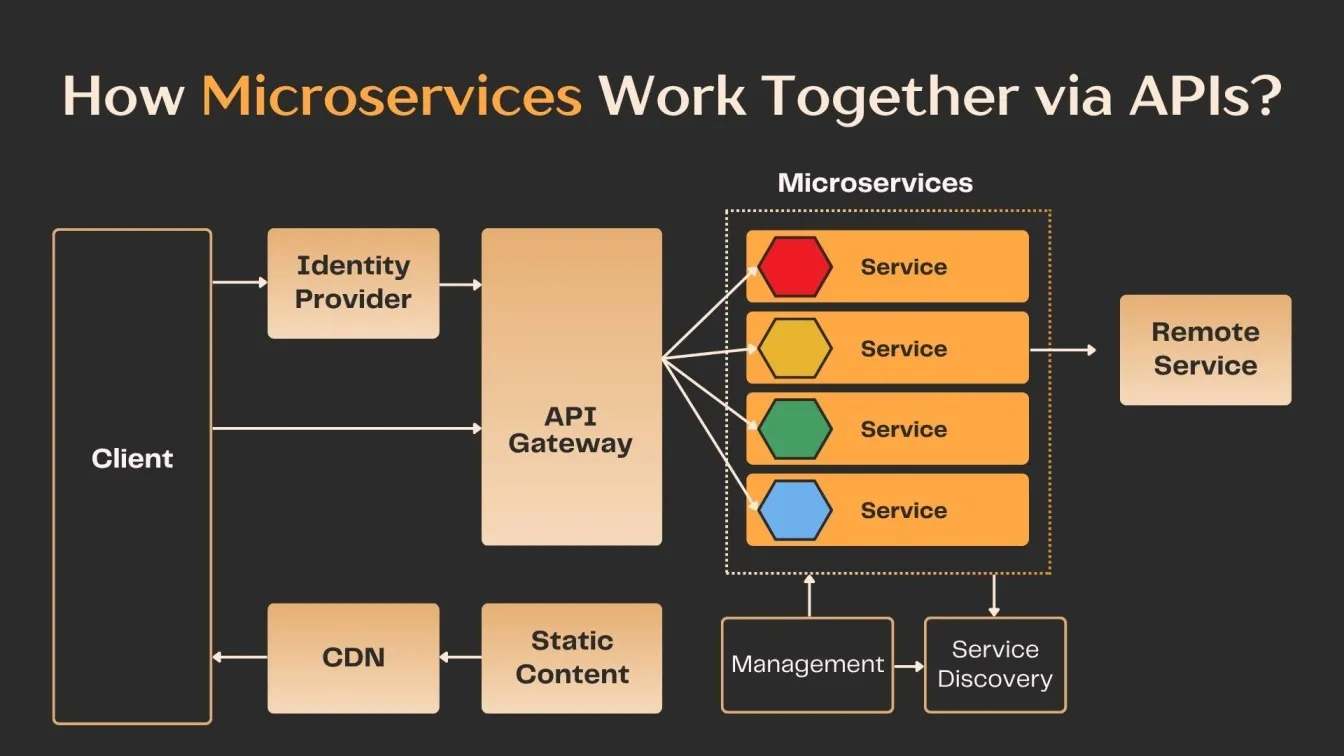
The Role of API Testing in Microservices
In a microservice architecture, each service operates independently and interacts using APIs, making API testing critical to guaranteeing stability, performance, and security. 🔗🧪
Because microservices communicate via API calls, a failure in one service might disrupt the whole flow. That is why rigorous API endpoint testing, particularly when performed using best cloud platforms or API testing tools such as Postman, is critical to maintaining a healthy system.
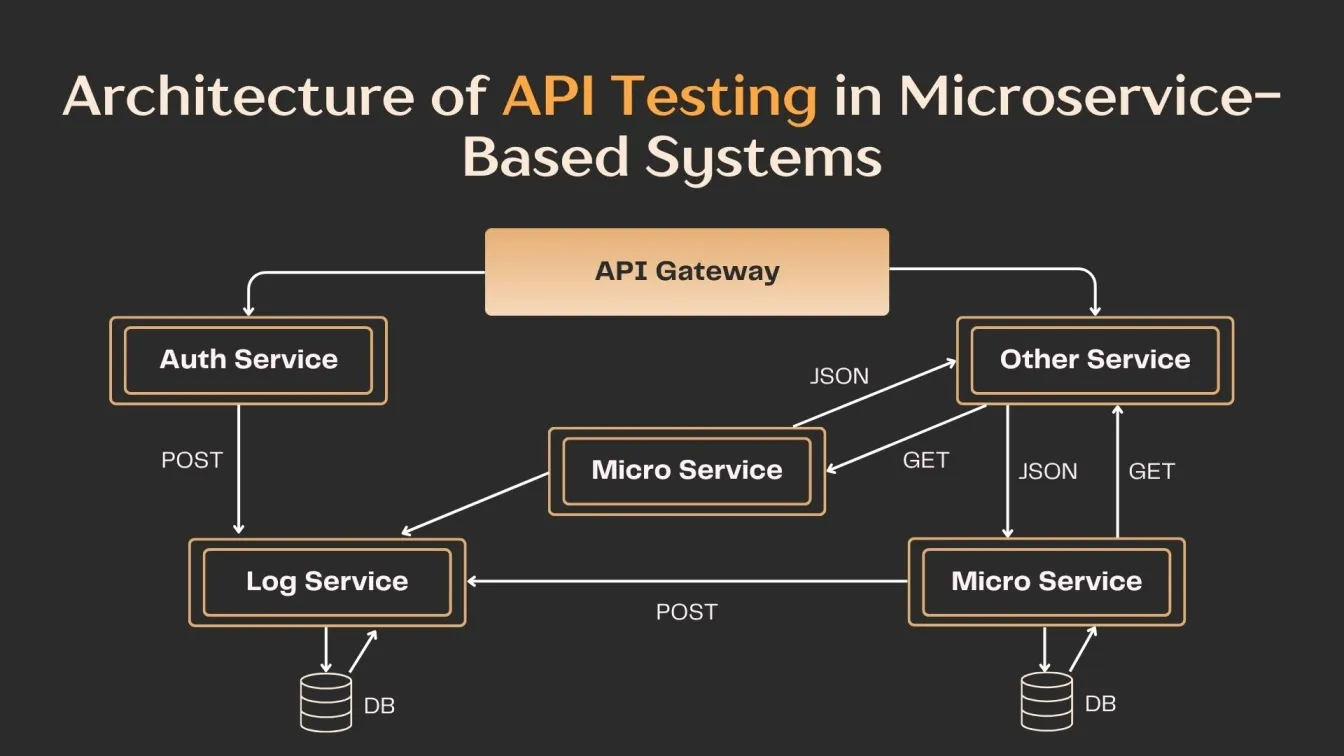
Here’s the role API testing plays in microservices architecture:
Validates Service Interactions: Ensures that APIs between services provide accurate responses, even when data or request flows change.
Promotes Independent Development: Each team can create and test its microservices independently, utilizing sample APIs or dummy APIs.
Supports Continuous Testing: Cloud testing allows teams to automate tests across several environments (dev, staging, and production) as part of the CI/CD pipeline.
Improves Security: API security testing identifies weaknesses such as unauthorized access, broken authentication, and exposed endpoints.
Ensures Performance Under Load: Using cloud performance testing tools, teams can simulate traffic and check that microservices scale properly.
Simplifies Regression Testing: Every time a service is changed, automated API testing guarantees that other related services continue to function properly.
Key Features of Cloud-Based API Testing Platforms
Cloud-based API testing systems do more than just execute tests remotely; they improve speed, scalability, and collaboration throughout your testing workflow. ☁️🔧 Whether you're validating REST APIs, securing public APIs, or managing Postman API testing in large pipelines, cloud platforms make it simple to scale and automate across distant teams and settings.
Let's look at the most important features of cloud-based platforms that make them excellent for testing modern apps built on a microservice architecture.
Scalability and Elastic Test Execution
Scalability is extremely important in cloud testing. Whether you're running a few basic tests or simulating thousands of requests for load testing, cloud platforms provide elastic execution, which allows you to immediately scale up or down based on demand. This is particularly useful for:
- Run large-scale rest API testing across various endpoints.
- Performing cross-browser testing cloud configurations for web APIs
- Using cloud performance testing tools to imitate traffic surges.
With cloud testing services, your test execution is not restricted by hardware; it grows with your requirements.
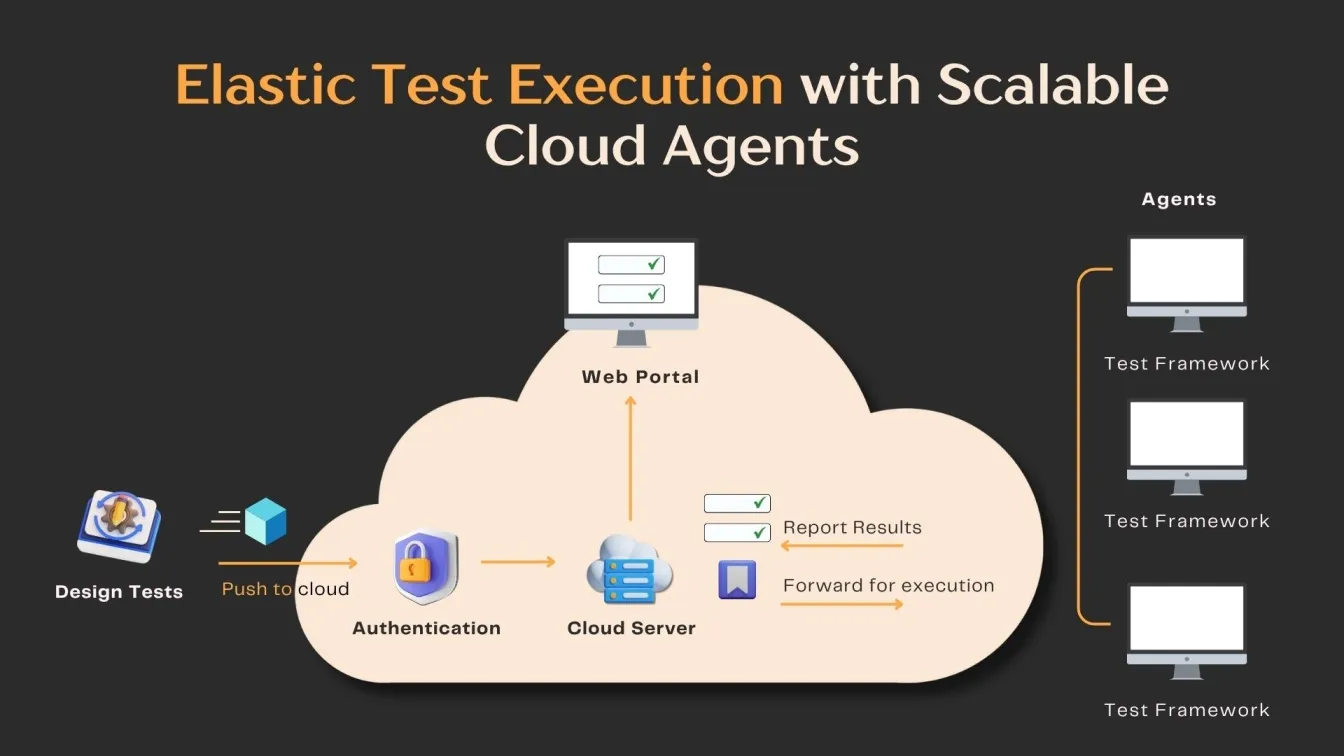
Real-Time Collaboration and Reporting
Modern cloud platforms encourage team collaboration through:
- Shared dashboards and test reports.
- Live execution tracking.
- Commenting on unsuccessful runs and test logs
This is especially beneficial when testing with a public API or cooperating worldwide with QA, development, and operations teams. You may even invite stakeholders to examine test results, whether they come from a free API for testing or a production environment.
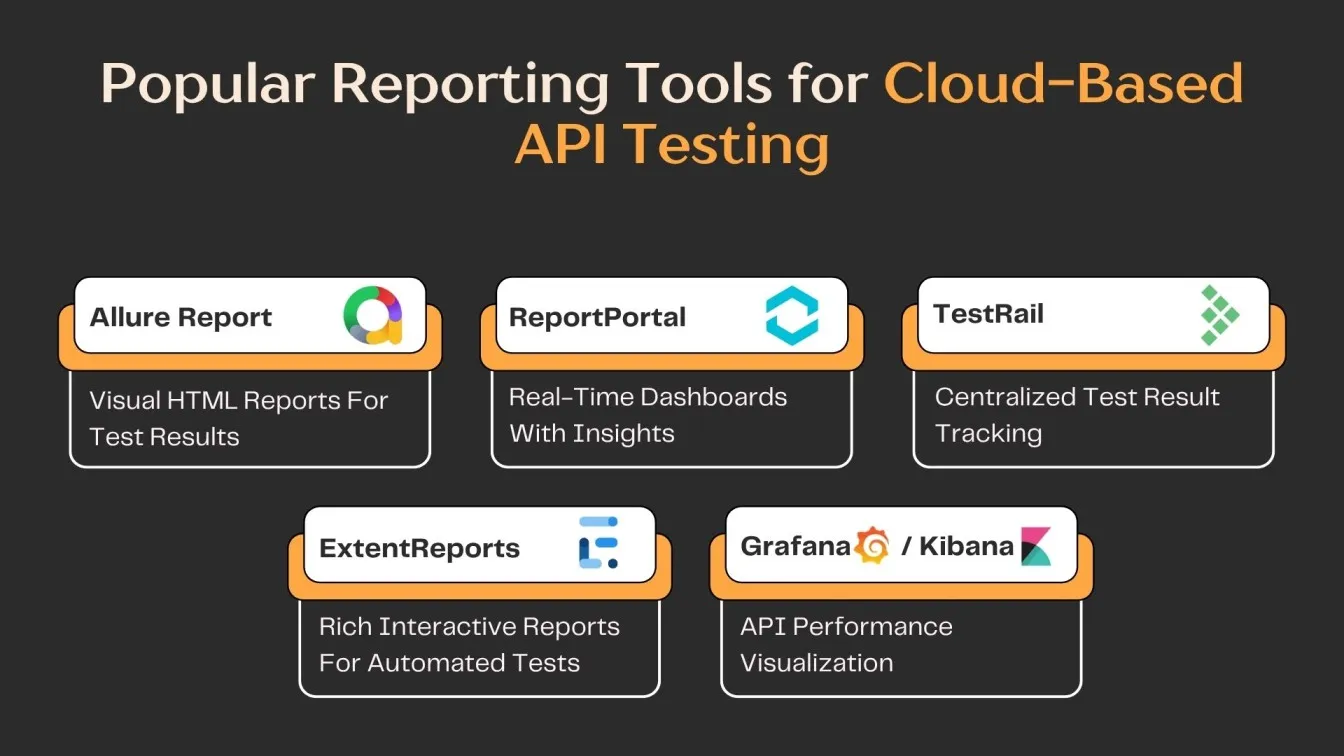
Built-in Security and Monitoring
API security testing is a significant priority, particularly for cloud-based microservices. Most cloud testing platforms provide:
- Built-in token management and authorization testing
- Secure storage of API keys and credentials
- Continuous monitoring of test health and endpoint availability.
- Alerts for failed calls, flaky APIs, or latency concerns.
Using cloud-based technologies assures that your web API testing is secure, functional, and compliant.
Integration with CI/CD
Cloud-based API testing tools interact easily with your CI/CD workflows, allowing for continuous API testing without manual triggers. With only a few clicks, you can:
- Run Postman for API testing as part of your Jenkins/GitHub workflows.
- Automate API endpoint testing whenever a build is deployed.
- Feed results into dashboards or Slack notifications.
This real-time connection accelerates delivery while prioritizing quality.
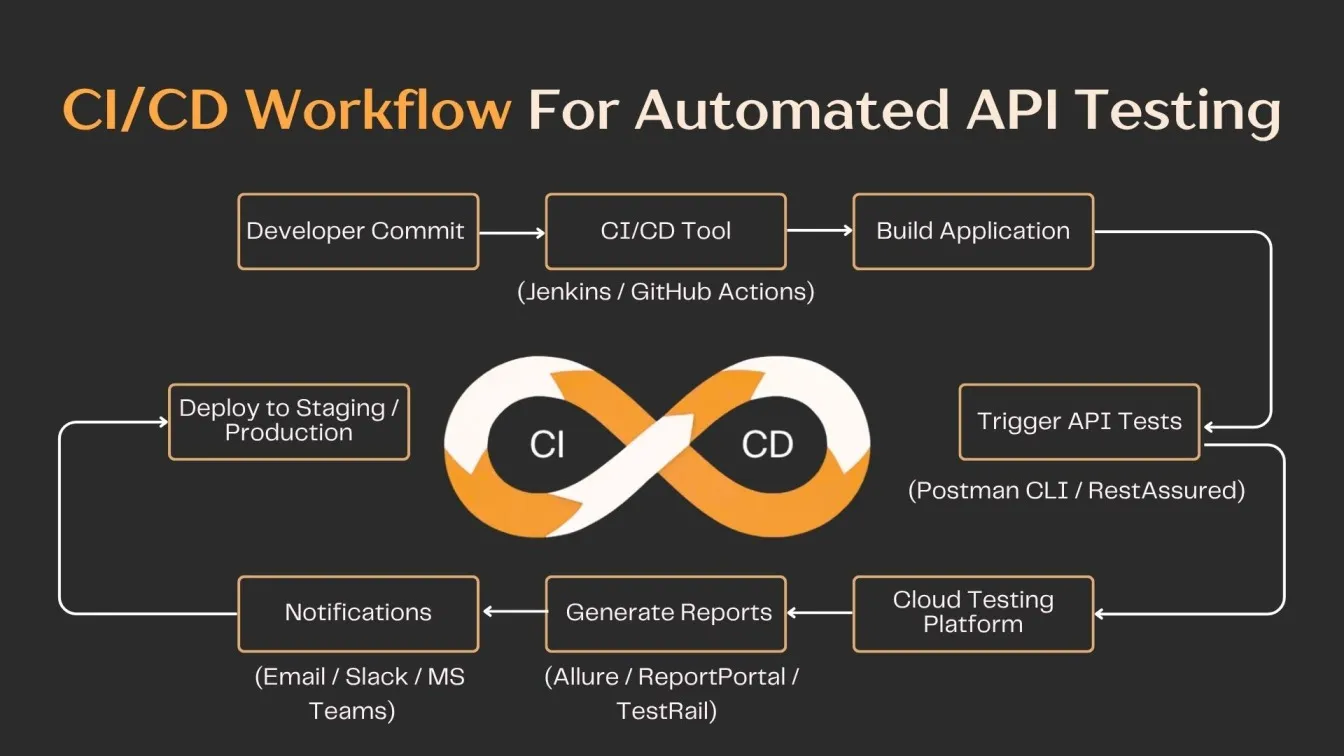
How Cloud-Based API Testing Supports Microservices
Cloud-based API testing is critical for ensuring the stability and performance of microservice architectures. Teams can use cloud testing services to simulate, validate, and monitor service interactions at scale, ensuring that every microservice works together.
Define APIs and Key Interactions
To test effectively in a microservice-based design, the first step is to precisely define each API and its expected interactions with other services. Microservices frequently communicate via lightweight REST APIs, making them highly modular but also difficult to validate if interactions are not well-documented.
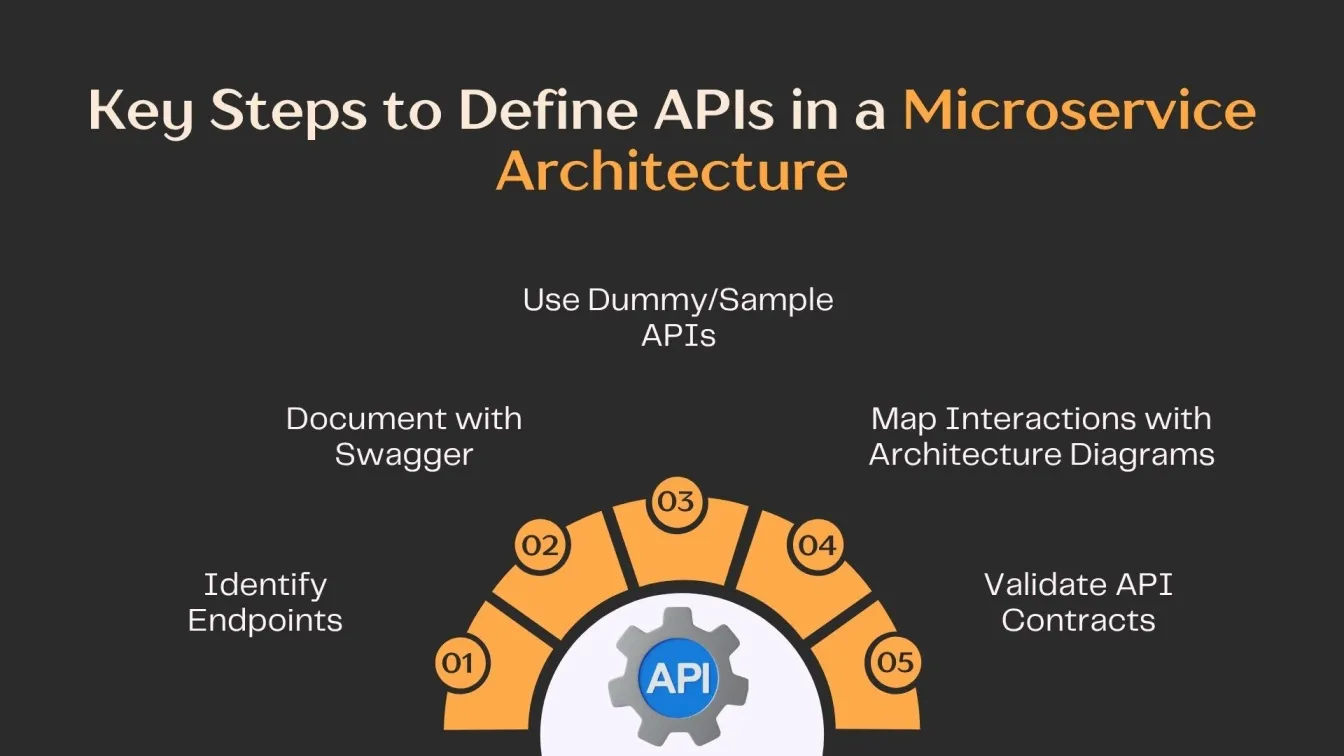
1. Identify Key API Endpoints: Outline the services that interact often, such as user authentication, payment processing, and order fulfillment.
2. Use OpenAPI/Swagger Docs: Prior to deployment, document and mimic API behavior. Many tools for API testing use these specifications to automatically generate test cases.
3. Tag Sample APIs for Testing: To safely replicate service behavior without affecting production data, use dummy APIs or sample APIs during testing.
4. Visualize With Microservice Architecture Diagrams: Create diagrams to help you understand the relationships, communication flows, and interaction patterns in your architecture microservice configuration.
5. Validate API Contracts: Ensure that each API response follows the anticipated schema. Contract testing ensures that both API producers and consumers adhere to the agreed-upon structure, which is an important component of trustworthy API testing services in microservice-based architecture.
Choose a Cloud Testing Tool
Choosing the correct cloud testing tool is critical for efficient and scalable API validation in a microservices architecture. Whether you're using API testing with Postman, integrating RestAssured API testing into CI/CD, or exploring online API for testing, the tool should be compatible with your environment, testing approach, and team workflow. A dependable platform will improve coverage, facilitate collaboration, and make debugging easier, all while adjusting to changing cloud testing requirements.
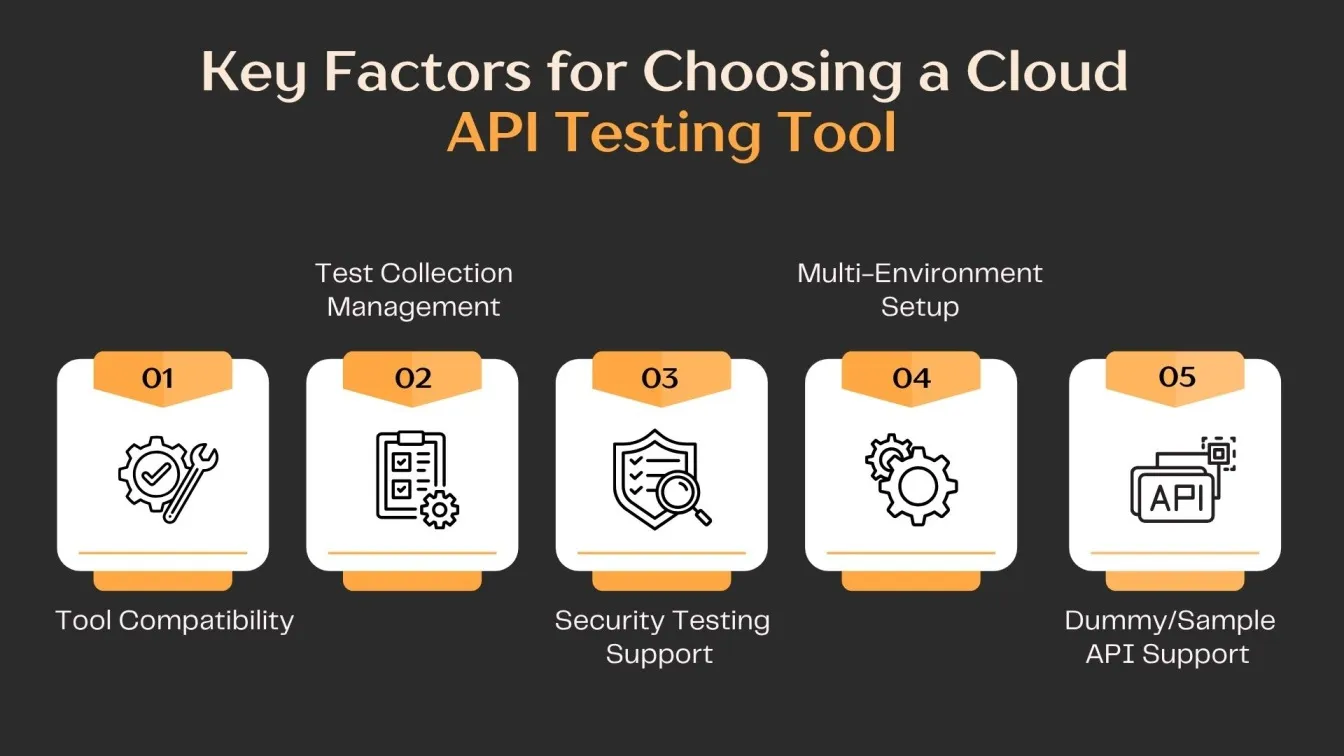
Create Realistic Test Scenarios
Creating realistic test scenarios is critical for validating APIs in a microservice-based architecture. Unlike static scripts, cloud testing allows you to imitate real-world user flows, which improves the relevance and reliability of your tests.
- Start with User Journeys: Concentrate on actual user behaviors, such as signing up, placing orders, or making payments. These assist map how different services connect, which is useful when examining a microservice architecture diagram or working with distributed APIs.
- Use Mock or Sample APIs for Early Testing: To avoid affecting real services, simulate behavior using a sample API testing or dummy API for testing. These are often available through online API for testing platforms and help teams safely validate early test cases.
- Incorporate the Right Tools: To script your flows, use powerful tools like the Postman API testing tool or frameworks like RestAssured API testing. Postman's environment variables, chaining requests, and automation make API testing more productive in a variety of circumstances.
- Include Edge Cases & Load Conditions: Beyond happy pathways, consider simulating missing parameters, invalid tokens, or delayed responses. You may also employ cloud testing services to load test cloud scenarios, ensuring that APIs work well under strain.
- Align with Architecture Patterns: Test scenarios should align with how services are structured. Referencing microservice architecture patterns and what microservice architecture principles helps ensure comprehensive coverage, especially when working within platforms like Amazon microservice architecture.
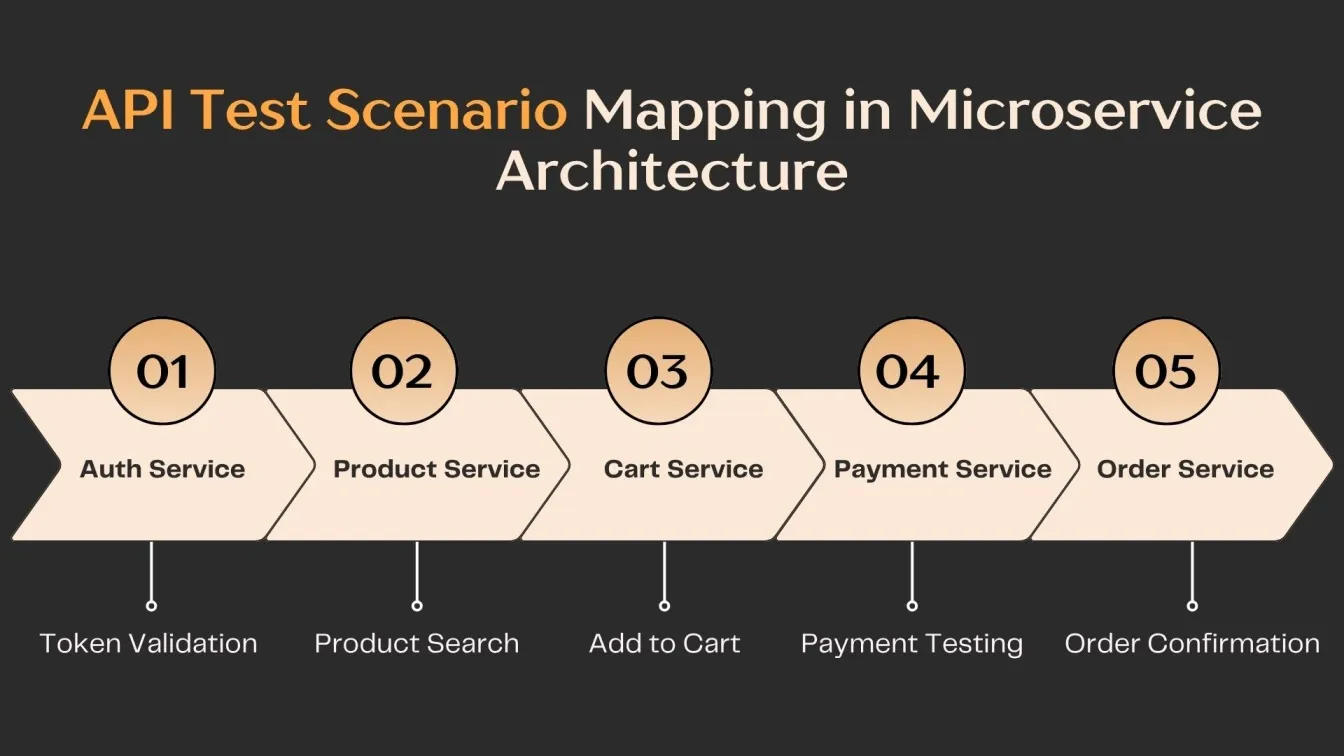
Set Up Cloud Environments
Setting up cloud environments is a necessary step for providing dependable and scalable API testing services. Here’s a step-by-step view:
1. Start with Environment Planning: Create separate environments — Development, Staging, and Production that mimic your deployment workflow. From mocking to monitoring, each stage helps to achieve certain testing goals. Use a microservice architecture diagram to see how services interact and plan your coverage accordingly.
2. Use Environment Variables in Tools: Variable-based switching is supported by tools such as the Postman API testing tool and RestAssured API testing. You can change base URLs, tokens, and test data between environments without changing test scripts. This strategy improves reusability and provides effective support for cloud testing.
3. Deploy on Cloud Testing Platforms: Run your tests using platforms like LambdaTest, BlazeMeter, and BrowserStack. These enable parallel processing, replicate real-world user scenarios, and provide cloud browser testing. Ideal for testing across several browsers, devices, and geographies.
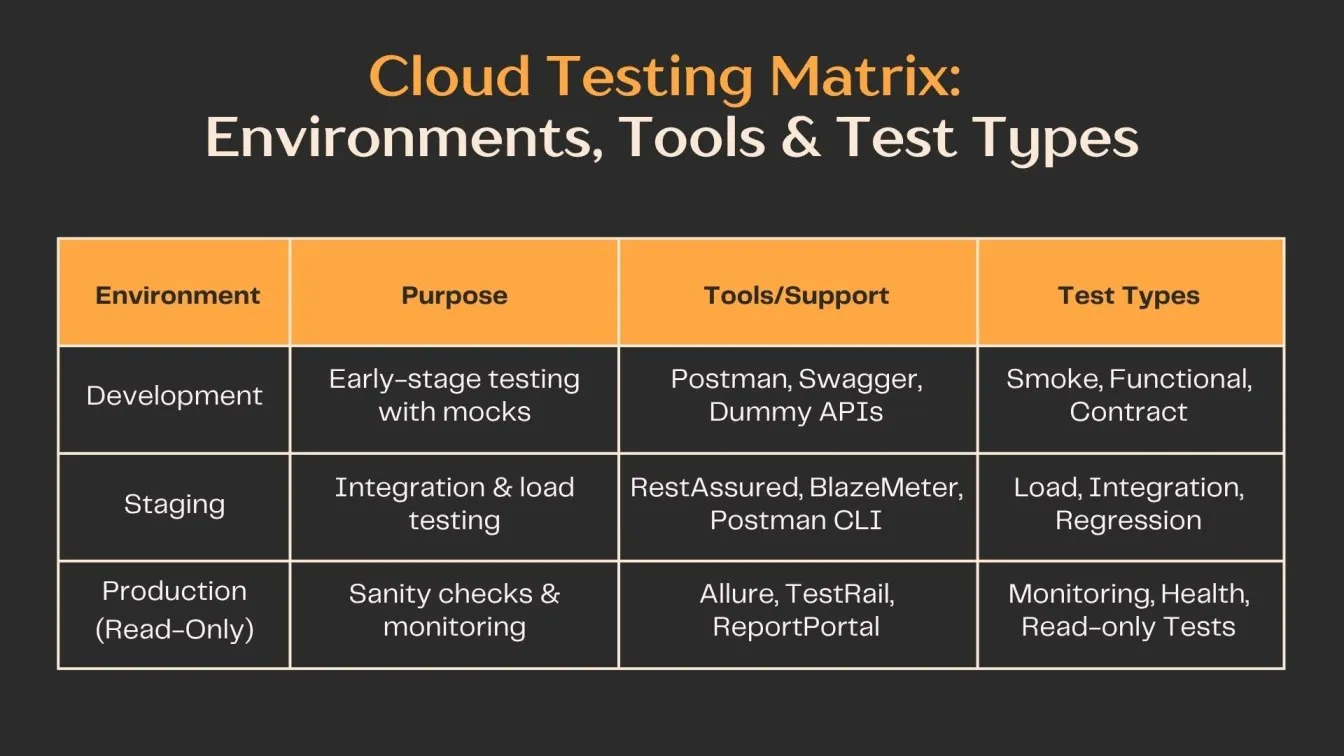
Trigger API Tests in CI/CD Pipelines
Once your cloud environments have been configured, the next step is to integrate API testing straight into your CI/CD workflow. This ensures that APIs are validated immediately whenever there is a change in the code, without the need for human triggers. Here's how teams practice:
Use CLI Tools to Run API Tests: Integrate tools such as Postman CLI, Newman, or RestAssured into CI steps to automatically execute API tests with each commit.
Execute Tagged Tests Per Stage: Tag-based execution enables you to execute only the necessary API tests at each CI/CD step. This keeps your pipelines moving quickly and efficiently while preserving test quality.
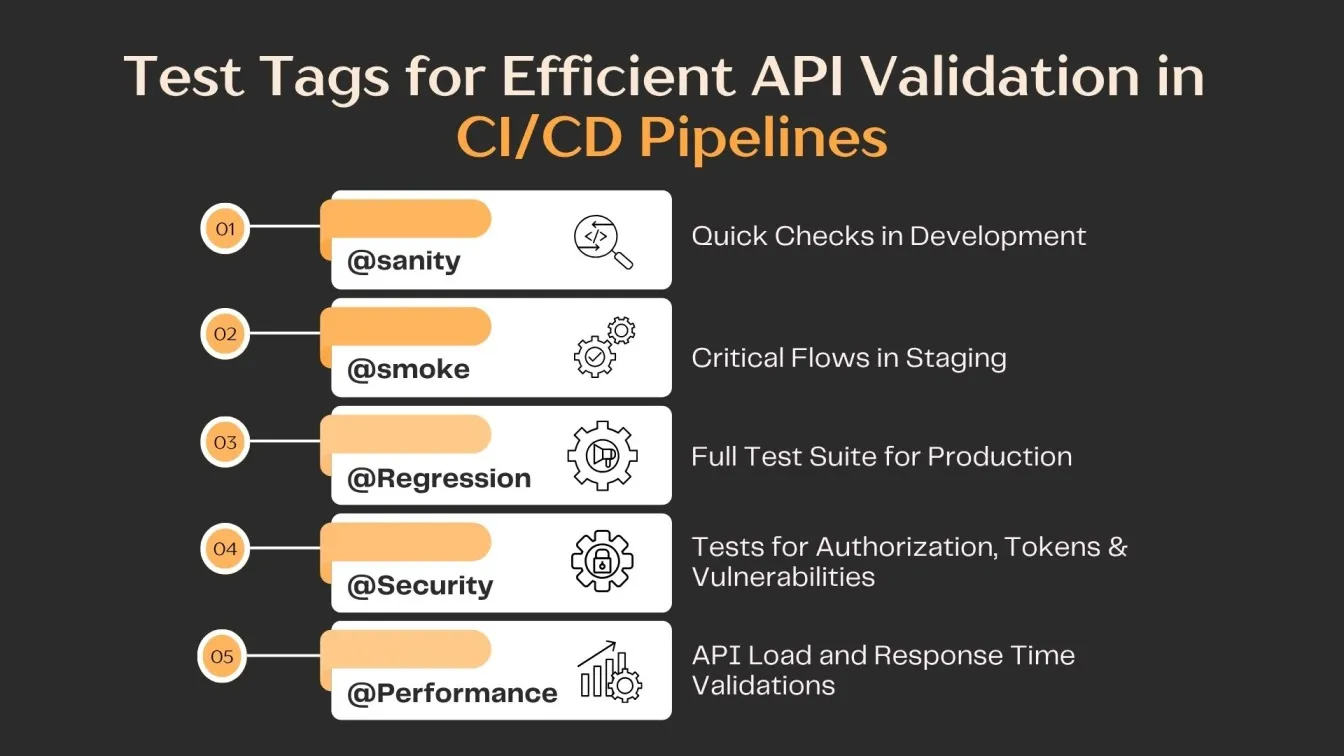
Fail Pipelines on Critical API Issues: Configure your CI system so that builds fail automatically when high-severity API tests fail. This serves as a quality gate, preventing unstable or insecure code from reaching the staging or production environment.
Send Results to Dashboards and Teams: Integrate test reports into systems such as Allure, ReportPortal, and TestRail. You can also set up alerts via Slack or email to keep your team informed and able to respond swiftly to test failures.
Popular Tools for Cloud-Based API Testing
When dealing with a cloud-based microservice architecture, selecting the best API testing tools such as api testing postman can dramatically increase test automation, data consistency, and deployment time.
These tools enable a variety of testing types, including unit tests, integration tests, and comprehensive end-to-end (E2E) testing, and often allow you to use a sample API for testing early without affecting production systems. The following are some commonly used tools in the cloud computing and microservices testing ecosystem:
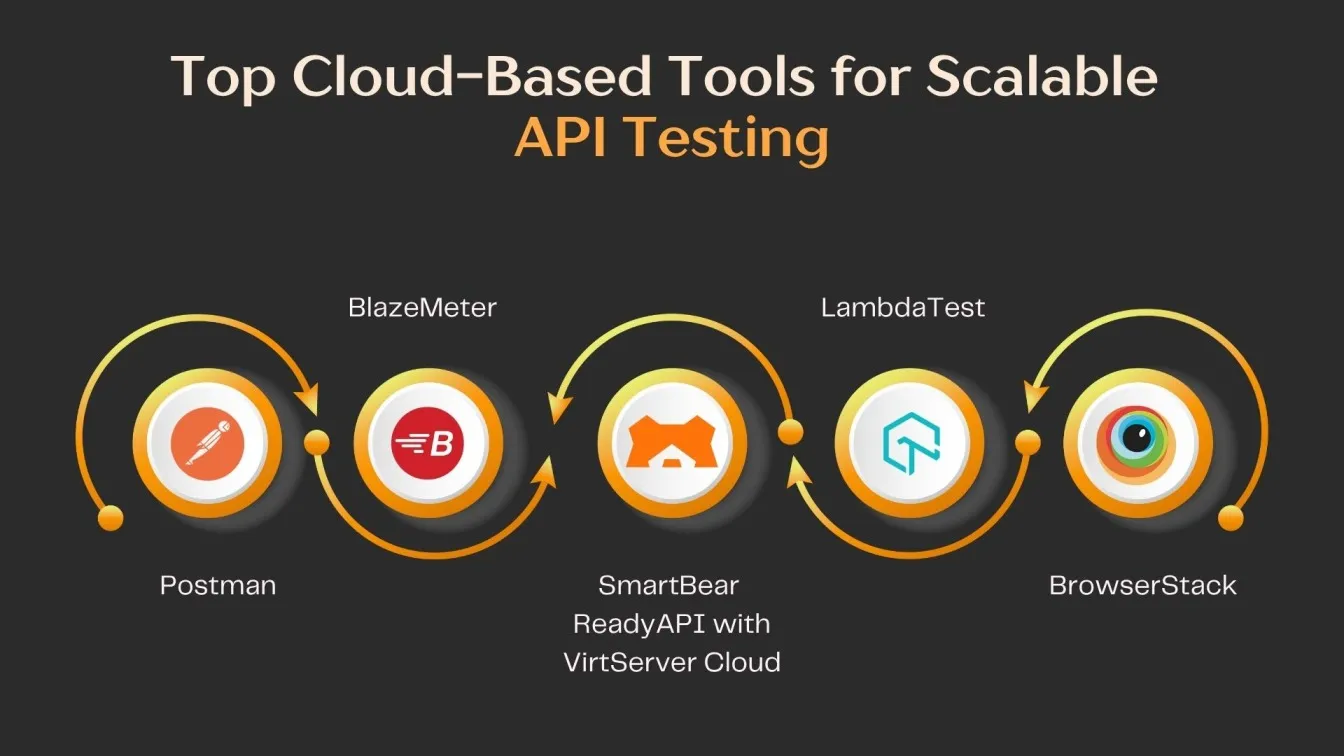
1. Postman: A widely used platform offering cloud workspaces, collaborative API testing, automated test runs, and detailed API documentation. Ideal for both unit tests and end-to-end testing in CI pipelines.
2. BlazeMeter: A robust cloud-based testing platform built for performance, functional, and API lifecycle testing. Supports load testing cloud APIs and simulates complex distributed microservices testing.
3. ReadyAPI + VirtServer Cloud (SmartBear): While ReadyAPI itself is desktop-based, its VirtServer cloud component supports service virtualization, shared mocks, and test environment simulation in the cloud.
4. Postman Monitors: An extension of Postman’s cloud features, Monitors allow for automated scheduled tests, real-time alerts, and integration with Slack, Jenkins, and GitHub for continuous integration workflows.
5. LambdaTest / BrowserStack (For API + UI): Primarily known for cloud browser testing and cross browser testing cloud, these platforms also support API testing integrations, allowing you to run tests and monitor performance across environments.
Best Practices for Reliable Cloud API Testing
More than simply tools are required to provide accurate, scalable, and robust cloud-based API testing, particularly in microservices architectures. The goal is to embrace testing best practices that promote speed, stability, and seamless collaboration across teams and environments. Here are the best practices to follow:
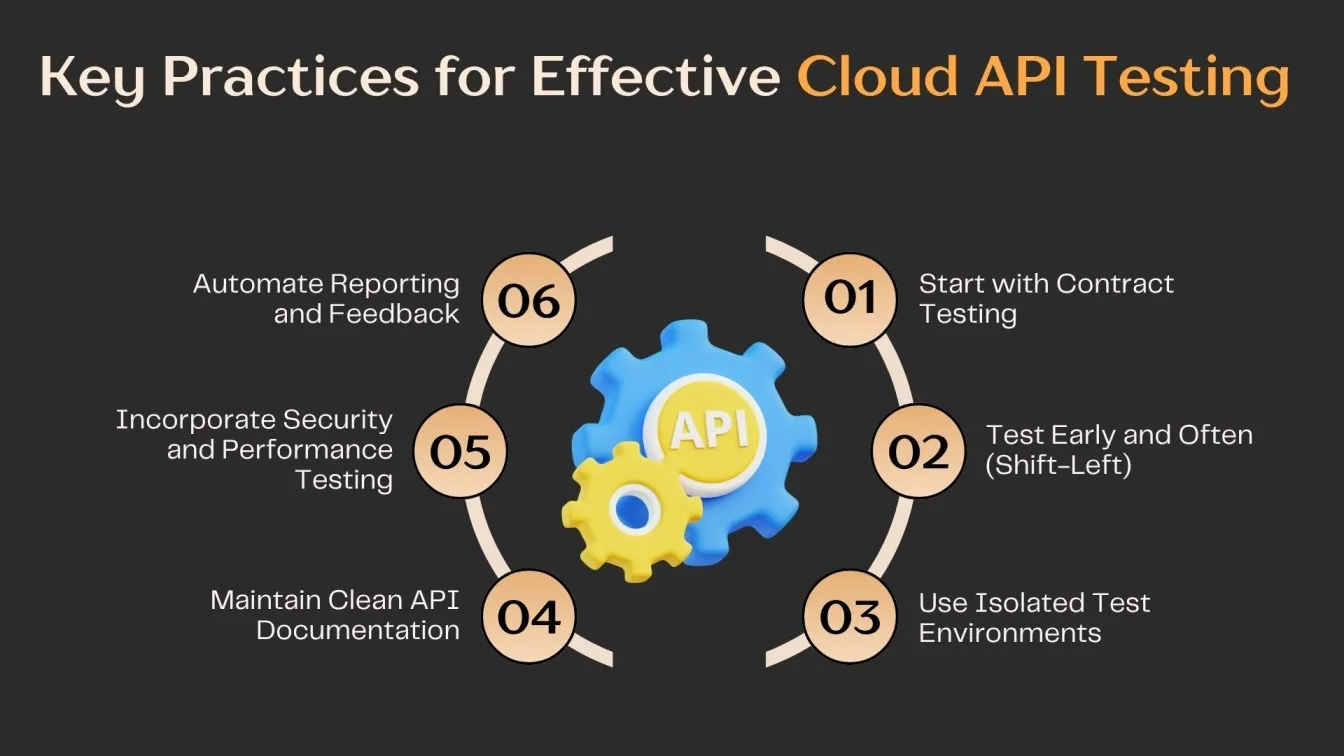
1. Start with Contract Testing - Use contract tests to validate that services communicate as expected without relying on full systems. This ensures changes don’t break API responses, helping you maintain consistency in microservices testing.
2. Test Early and Often (Shift-Left) - Integrate API tests early in the Continuous Integration (CI) cycle. Tools like Postman, RestAssured, and Newman help trigger unit testing and integration testing automatically with each code push.
3. Use Isolated Test Environments - Set up dedicated test environments using cloud computing platforms or service virtualization. This allows you to simulate production-like conditions while running component testing, E2E testing, and load testing cloud setups without impacting live users.
4. Maintain Clean API Documentation - Keep API documentation in sync with actual implementation using OpenAPI/Swagger. This helps in test case generation, improves communication across teams, and reduces the chances of broken Application Programming Interfaces in CI/CD workflows.
5. Incorporate Security and Performance Testing - Don't just test functionality. Add API security tests to validate headers, tokens, and input threats. Use tools like BlazeMeter for performance testing and distributed tracing across services for deeper visibility.
6. Automate Reporting and Feedback - Integrate with CI/CD tools to generate real-time reports using Allure, ReportPortal, or TestRail. Automatically notify teams via Slack or email on failures to act quickly and improve test automation feedback loops.
Final Thoughts
Cloud-based API testing transforms modern microservices architectures by ensuring speed, reliability, and scalability. From basics to real-time collaboration, CI/CD integration, and security monitoring, each layer is critical to simplifying delivery.
Teams can emulate real-world scenarios across development, staging, and production by establishing cloud environments, utilizing test automation, and selecting cloud computing-compatible technologies.
Whether you're performing unit tests, integration tests, or end-to-end testing, cloud platforms make it easier to test early, often, and intelligently. For expert guidance and seamless cloud testing solutions, please contact Bnxt for better assistance.
Adopting best practices and using the correct tools ensures that your API lifecycle is robust and future-ready, making each release faster, safer, and more efficient.
FAQs
1. How do cloud-based API testing tools support version control for test cases?
Cloud testing tools integrate with version control systems like Git to manage test scripts, collections, and environments. This ensures test changes are tracked, team collaboration is smooth, and historical versions can be restored when needed.
2. How do you manage test data in cloud-based API testing?
Test data is managed using environment-specific variables, data files (like CSV or JSON), or mock services. This approach helps maintain test consistency across dev, staging, and production without compromising real data.
3. Why is version control important for API test cases in cloud environments?
Version control keeps test cases aligned with evolving APIs in fast-paced microservices environments. It prevents outdated tests from running, supports team collaboration, and ensures traceability across the pipeline.
4. How often should API tests be run in a cloud-based microservices setup?
API tests should be triggered automatically on every commit, build, or deployment through CI/CD tools. This ensures continuous validation, faster bug detection, and stable delivery pipelines in cloud environments.
5. What role does API mocking play in cloud-based API testing?
API mocking helps simulate external services that may not be ready or accessible during testing. It allows early-stage development, reduces inter-service dependency, and enables isolated, reliable test execution.



.webp)
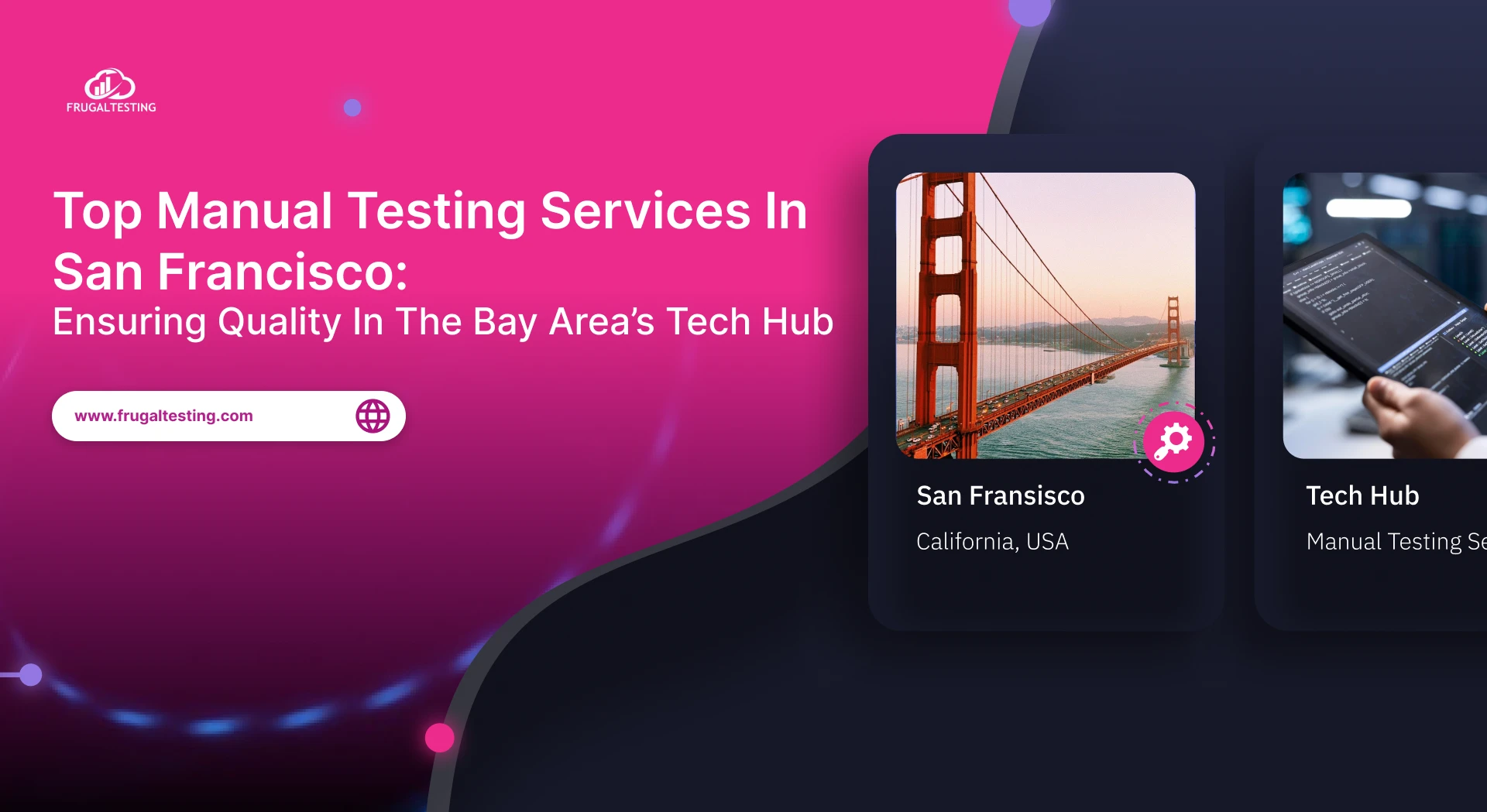
%201.webp)
